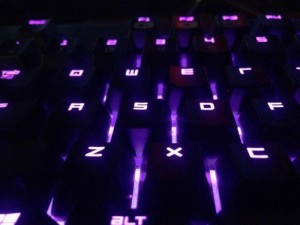I’ve been pretty deep into playing Hearthstone for the past month. An online card game made by well-known company Blizzard, Hearthstone tests players’ knowledge of the vast number of creative and unique card types the game has.
It pits two players against each other in a game within a game; each player can choose from nine different heroes, who each have different “class cards” and “hero powers.” From there, those playing create a deck of 20 using whatever cards they have.

At the start of December, Hearthstone released its newest expansion. The Mean Streets of Gadgetzan completely changed the play styles of players. Centred around three different gangs, the expansion introduced tri-class cards, playable by three select heroes only. In addition to that, they added some serious game-changer cards. New cards that summon a jade construct that gains in power for each jade card you play, cards that buff up the strength of your minions, and a slew of new spell cards that gave the mage and priest class some serious buffs.
I’ve been experimenting with different decks and play styles; one of the hugely popular decks right now is a dragon priest deck centred around controlling your enemy’s play style and then finishing them off with your more powerful dragons.
All these gameplay changes have translated pretty heavily into the competitive scene, as well; pros need to adjust their own decks fast enough and learn to play against some of the really annoying decks out there (I’m looking at you, pirate warrior).
As time goes on, more and more counter decks will come into play—decks centred on making your opponent draw cards until their hand is full so that they have to discard them might see niche use again; demon warlocks could be used to counter druid decks.
One thing’s for sure—the game remains as fun as ever and is one of the easiest games for anyone to get into.

And despite all these deck changes, aggro decks still plague the meta and are still the most reliable and cheap way to fish out wins